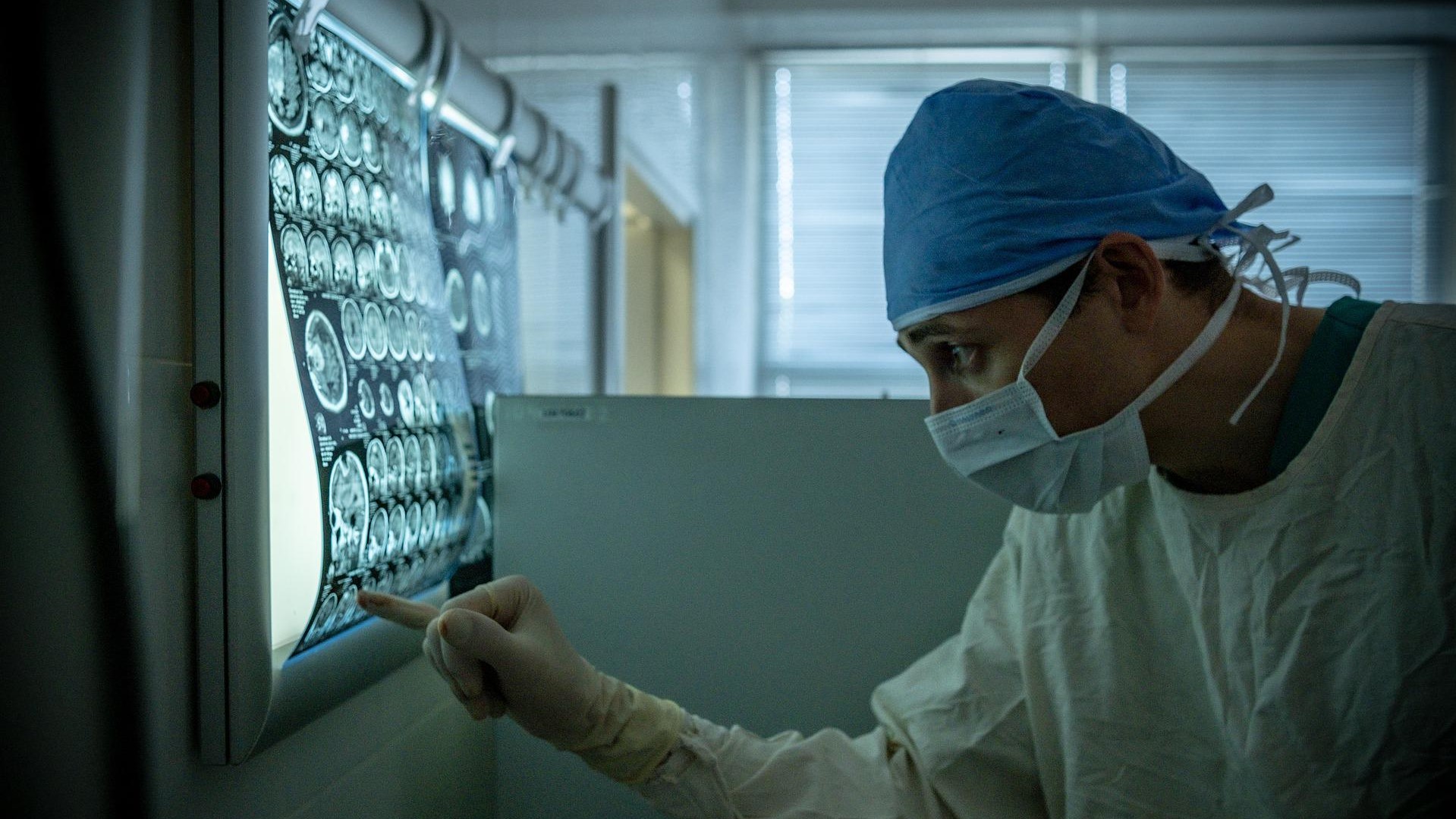
A new medical procedure previously unavailable in Hungary is being introduced in stroke care by the National Institute of Mental Health, Neurology, and Neurosurgery (OMIII). The method uses an AI-based software to instantly evaluate cranial CT scans of patients with suspected stroke, speeding up emergency treatment of acute stroke patients and supporting improved access to care nationwide.
According to OMIII’s statement released on Monday, the project is being implemented with the help of HUF 1.286 billion in non-reimbursable EU funding under the Széchenyi 2020 program.
Once the intracranial blood vessels are blocked, the risk of irreversible brain damage increases rapidly and the chance of survival decreases by the minute, OMIII emphasized. It is therefore critical that the appropriate therapeutic decision is made as quickly and accurately as possible, especially in the case of a pituitary occlusion, where the patient should be transferred immediately to one of the centers that are able to treat such cases, OMIII added.
Related article
Coronavirus: Hungarian Scientist Develops Medication against Cytokine Storm
A US-based Hungarian immunologist has developed a medication he says could prevent the cytokine storm, an overreaction of the immune system. This kind of immune response can be triggered in Covid-19 patients. In an interview published in the daily Magyar Nemzet on Wednesday, Lajos Baranyi said the cytokine storm caused severe and possibly lethal pneumonia […]Continue reading
The aim of the new procedure is to transfer the results of a patient’s cranial CT scan admitted to any of the stroke centers in Hungary with suspected stroke to a central server through the cloud, after which an artificial intelligence software will immediately evaluate the results.
Following the assessment, the software automatically sends the processed images highlighting the lesions, and the quantified parameters critical for the therapeutic decision back to the institution that performed the examination, as well as to the admitting care center where the patient is to be transferred for specialized care if necessary.
“Currently, therapeutic decision making can take up to an hour with radiological imaging, consultation between the admitting and receiving institutions, and image transfer using conventional means. With the new procedure, this time can be reduced to 15-20 minutes,” according to István Szikora, Head of Department of Neurointerventional Medicine at OMIII.
The system also provides online communication via a connection to the internet between the first admitting and the receiving institution’s on-call staff in case of onward transfer. All data transfers are in compliance with GDPR data protection requirements, and both the assessment software and the teleradiology system have European (CE) and US marketing authorizations for the above mentioned software.
via MTI
Featured photo illustration via Pixabay

